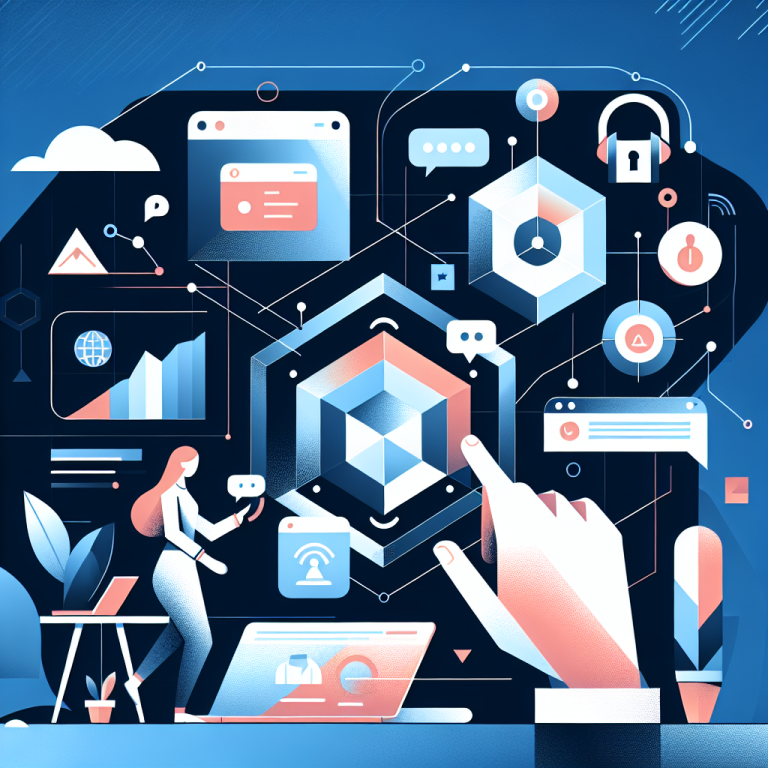As the digital landscape continues to evolve at an unprecedented pace, homeowners are discovering new ways to enhance productivity at home through smart technology and emerging digital solutions. Whether you’re managing a household, running a home-based business, or simply juggling day-to-day tasks more efficiently, staying ahead of digital trends can have a transformative impact. At landlinecellular.com, we understand that the right tools and strategies can help you take control of your time, reduce stress, and improve overall quality of life. In this guide, we’ll explore the top digital trends homeowners should watch in 2024 to support a more productive home environment—while keeping your lifestyle seamlessly connected.
1. Rise of the Virtual Landline for Small Business
In the gig economy and remote work era, more homeowners are becoming entrepreneurs, freelancers, and remote employees. As this trend accelerates, maintaining a professional image is essential. A key tool supporting this shift is the virtual landline for small business.
Unlike traditional phone lines, virtual landlines operate using internet connectivity, allowing calls to be routed to mobile devices or computer applications. This empowers home-based professionals to maintain work-life boundaries, manage calls effectively, and appear more credible to clients and customers.
Productivity tip: Use a virtual landline to set business hours, forward calls only during work times, and integrate VoIP services with virtual assistants and CRM software for streamlined client communications.
2. Smart Home Integration for Task Automation
Home automation is no longer the future—it’s the present. From smart thermostats and lighting to robotic vacuums and voice assistants, integrating smart devices into your home can vastly improve everyday efficiency. In 2024, cross-device compatibility and intelligent scheduling are at the core of productivity-friendly smart home setups.
Digital platforms such as Google Home, Amazon Alexa, or Apple HomeKit enable homeowners to create routines that streamline chores and reduce manual effort. For example, a single voice command can trigger multiple actions like locking doors, turning off lights, and activating security systems at bedtime.
Productivity tip: Automate repetitive household tasks such as grocery shopping reminders, utility tracking, and appliance usage monitoring to free up time for meaningful work or relaxation.
3. Personal Productivity Apps and AI-Driven Scheduling
Time management remains at the heart of productivity enhancement. In 2024, cutting-edge AI-powered productivity apps offer more than just to-do lists—they provide intelligent prioritization, deadline tracking, and digital collaboration features.
Applications like Notion, Todoist, Sunsama, and Motion now leverage artificial intelligence to organize your tasks based on behavioral patterns, deadlines, and energy levels. These tools synchronize across devices, enabling homeowners to manage family calendars, work projects, and household errands all in one place.
Productivity tip: Use smart scheduling tools to balance work-from-home commitments and domestic responsibilities. Block out “focus zones” for uninterrupted work and “buffer zones” for household tasks.
4. Digital Wellness and Focus Management
Being perpetually connected can damage productivity by fostering distraction and burnout. Therefore, digital wellness is emerging as a vital trend to track. In 2024, expect expansion in tools that promote healthy device habits, screen-time monitoring, and mental clarity through focus-enhancing applications.
Apps like Forest, OmmWriter, and Headspace combine mindfulness with structured discipline, while extensions such as StayFocusd and Freedom help block distracting websites and platforms during work hours.
Productivity tip: Establish “tech boundaries” at home—consider device-free zones or scheduled digital detox periods to recharge attention and avoid decision fatigue.
5. Home-Based Remote Work Tools and Virtual Collaboration
As hybrid and fully remote work formats solidify, homeowners need robust digital infrastructures to replicate the professional office environment. Video conferencing platforms like Zoom, Microsoft Teams, and Google Meet continue to evolve, while virtual whiteboards, shared cloud drives, and real-time document collaboration tools become indispensable.
Additionally, ergonomic hardware and high-speed bandwidth are no longer luxuries but necessities for staying efficient and connected.
Productivity tip: Invest in reliable internet, dual-display setups, and external microphones to raise the quality of your work interactions. Pair with asynchronous collaboration tools to reduce meeting fatigue.
6. Cybersecurity and Data Privacy for Home Networks
As digital reliance grows, so too does the need for cybersecurity awareness. Personal data protection is a productivity issue as much as a safety one—lost files or compromised security can disrupt both personal and professional life significantly.
Modern routers with enhanced firewalls, password managers, and multi-factor authentication protocols are becoming essentials in the homeowner’s digital toolkit. Consumer-friendly VPNs and encrypted cloud storage also help secure sensitive information.
Productivity tip: Schedule annual security audits of your home network and devices. Back up important documents to encrypted cloud services to avoid catastrophic losses.
7. The Evolution of Digital Assistants
Digital assistants such as Google Assistant, Alexa, and Siri have matured into context-aware, multi-functional hubs that now assist with everything from email automation to medication reminders. In 2024, the integration of voice-to-text, real-time translation, and contextual search has raised their utility significantly.
More homeowners are using these assistants not only for entertainment or basic queries but for complex scheduling, reminders, and household coordination.
Productivity tip: Create custom routines based on your lifestyle. For example, a “Start Work” command could trigger news briefings, adjust thermostat settings, and launch your task manager.
8. Virtual Learning and Skill Development from Home
Staying productive also means improving your skills without disrupting daily routines. Online education platforms like Coursera, Skillshare, and MasterClass are providing more flexible and immersive experiences—many now use adaptive AI to tailor learning paths to individual goals.
Whether it’s learning a new language, coding, or getting certified for a remote career, homeowners can use fragments of downtime for personal growth.
Productivity tip: Dedicate 30 minutes daily to structured learning. Integrate lessons into your digital calendar to build a consistent self-improvement habit.
9. Integrated Family Management Platforms
Keeping a home running smoothly involves managing multiple people’s schedules, tasks, and needs. In 2024, platforms like Cozi, OurHome, and Google Family Link centralize family communication, chore assignments, and social coordination.
These platforms allow homeowners to assign tasks, track progress, and schedule shared events—all with notifications and synced calendars to ensure no ball gets dropped.
Productivity tip: Use shared digital calendars and task boards to foster accountability and transparency among family members. Weekly planning sessions can reinforce structure and reduce morning chaos.
10. Sustainable Tech for Energy and Time Savings
Green digital technologies are not just good for the planet—they’re good for productivity. Smart energy meters, intelligent water usage sensors, and connected irrigation systems help reduce utility bills and eliminate manual tracking.
These sustainable tools provide homeowners with insights into usage patterns and allow for automation that saves both time and resources.
Productivity tip: Set energy-efficiency benchmarks using connected apps to monitor improvements. Consider using energy dashboards to gamify sustainability goals with your family.
Conclusion: Designing a Digitally Productive Home
Modern homeowners face a dynamic reality—one that requires balancing digital engagement with personal well-being. Integrating digital trends strategically can turn your home into a productivity powerhouse. From using a virtual landline for small business to automating household tasks and mastering digital wellness, your path to a more efficient lifestyle is within reach.
At landlinecellular.com, we’re committed to helping individuals and families harness the best of emerging technology for optimal results at home. Explore these trends not simply as convenience, but as critical tools in your journey toward smarter living.
Share this post with your network to help fellow homeowners step confidently into the digital future.



